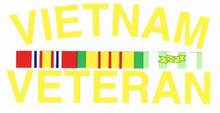John ByrnePublished: March 2, 2006
The new $38 million order was placed with Alliant Techsystems for 120-mm ammunition. Once the new pact is completed the firm will have produced 35,000 rounds for the U.S. military.
The Pentagon uses depleted uranium in its rounds because they say it is extremely effective in penetrating heavy armor.
Depleted uranium remains radioactive for 4.5 billion years. The byproduct of manufacturing nuclear weapons or reactors, the rounds contaminate water and soil. Along some highways in Iraq where the weapon was used during in the first Gulf War, radiation levels register 1,000 times normal background radiation levels. Cancer levels in Iraq are attributed to the shells.
A destroyed Iraqi tank in Basra destroyed by the U.S. weapon registered 2,500 times normal background radiation.
Read more on depleted uranium in the Guardian here, and from the Post Intelligencer here.
In a release, the firm making the weapon said, "Its state-of-the-art composite sabot, propellant, and penetrator technologies give it outstanding accuracy and lethality." UPI first reported on the deal Feb. 20.
(My Comments)
Until every member of Congress is required to outfit themselves and each of their immediate family members with a medallion made from depleted uranium, we will have to endure the ignorant statements and comments about the lack of proof that this material is hazardous to the health of our fighting men and women.





No comments:
Post a Comment